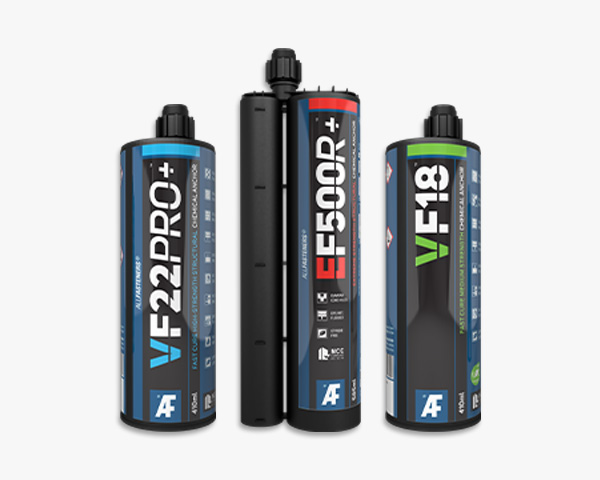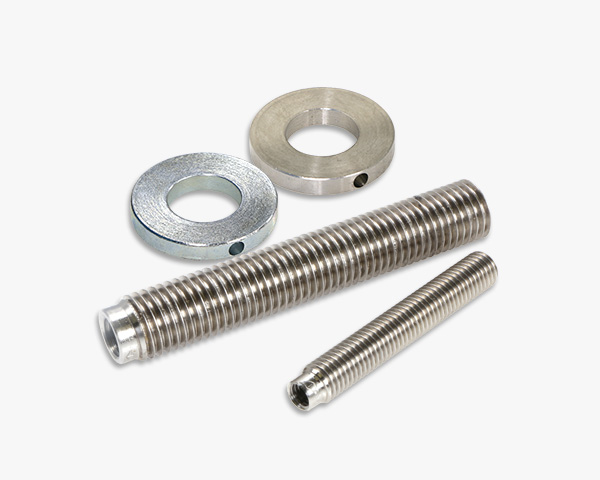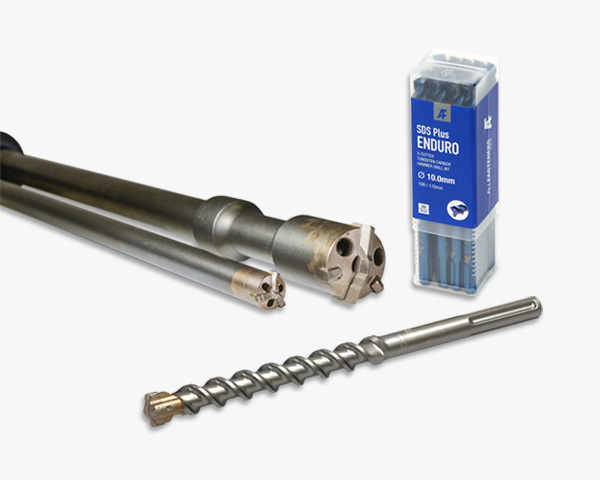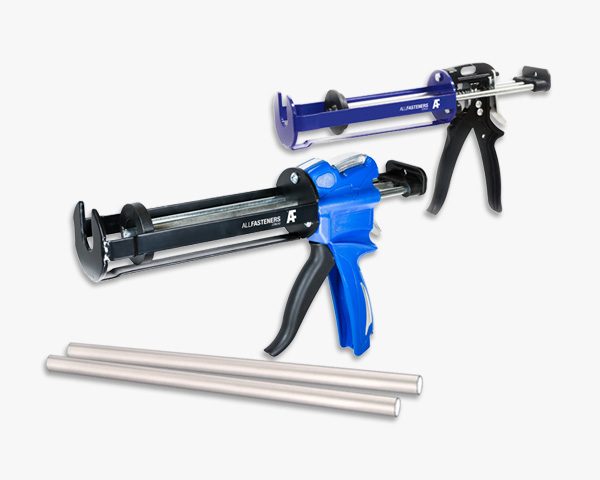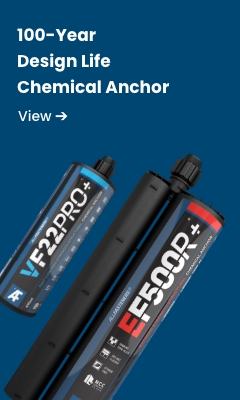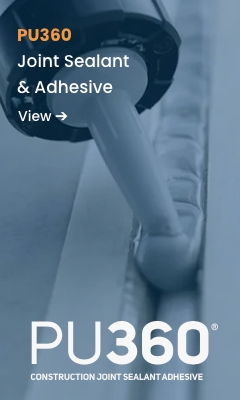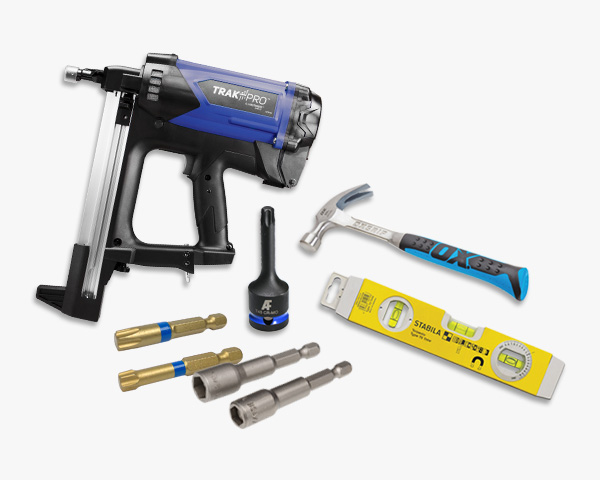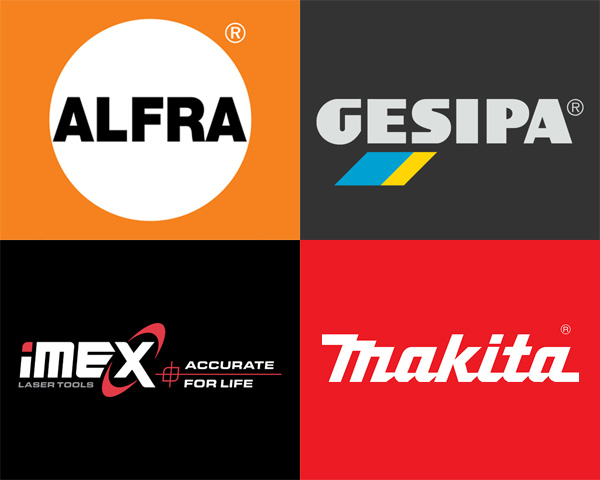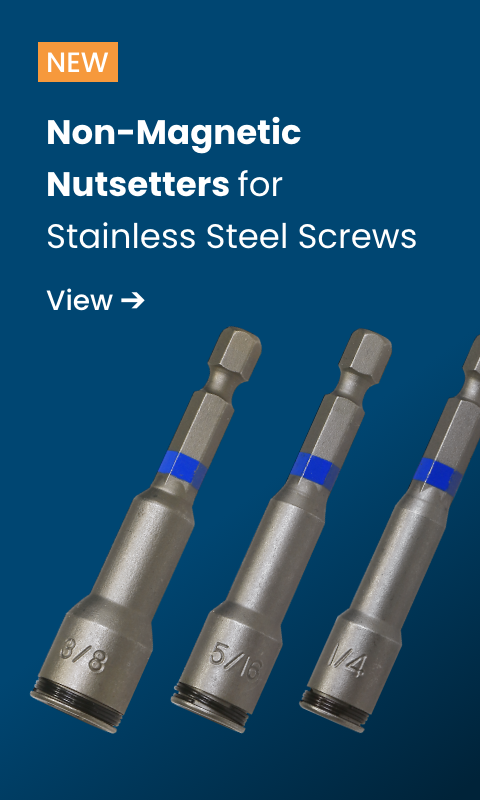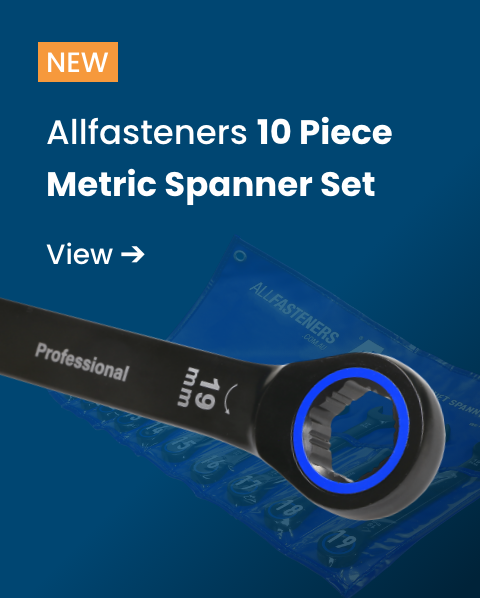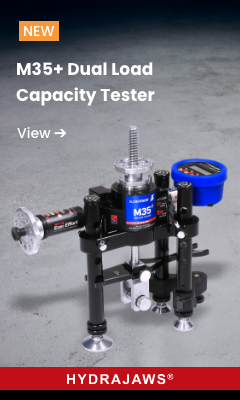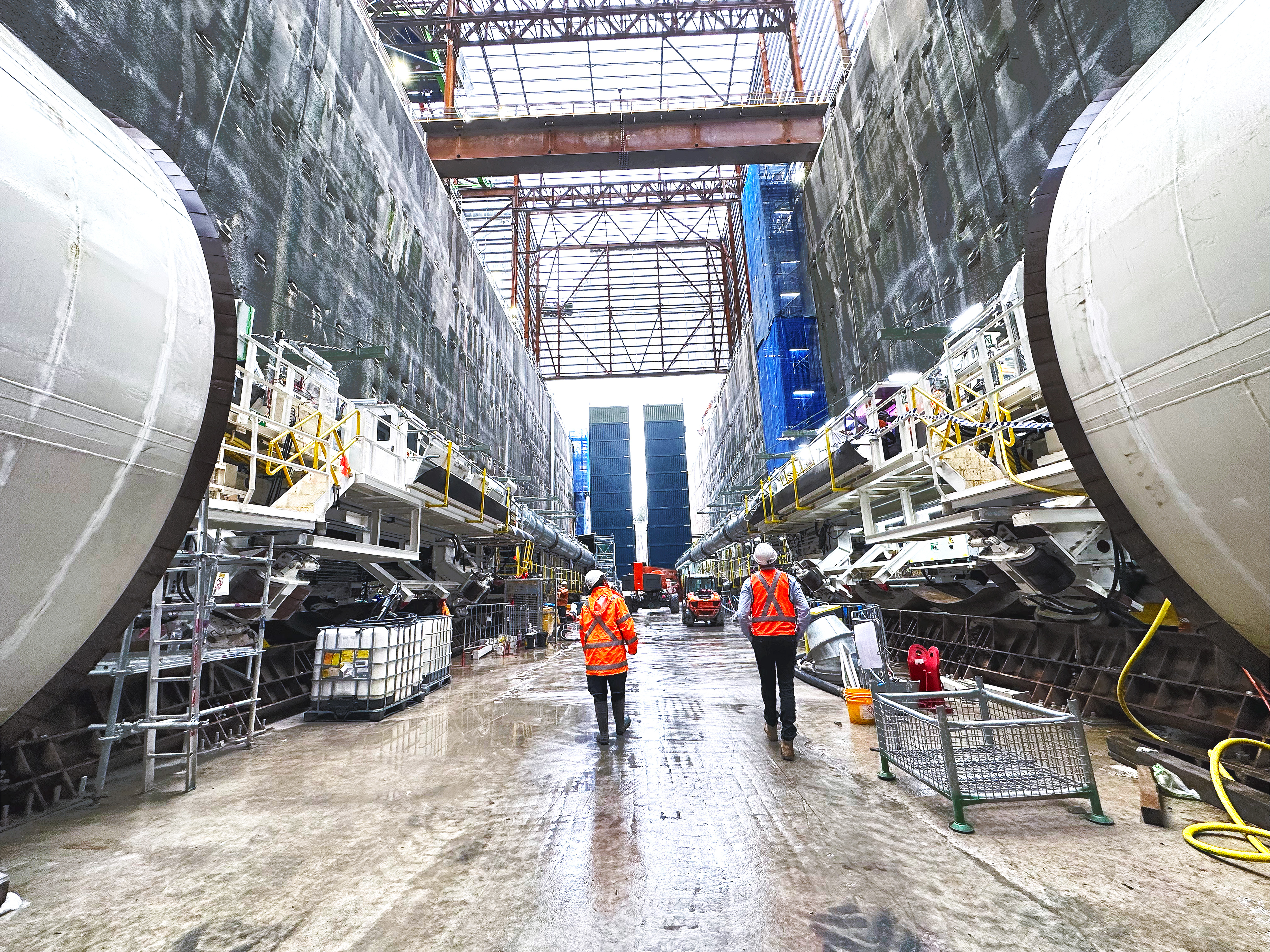Why an Anchor Pull Test Matters: And Where it Happens
The Boring Bit
No matter what type of infrastructure is put in place, from civil to commercial or recreational projects, safety regulations are as important as the quality of the build.
For medium to large scale permanent structures, such as street light poles, bollards, street furniture, roadside billboards and more, anchoring into concrete heavily scrutinised via regulations enforced by bodies such as AEFAC (Australian Engineered Fasteners and Anchor Council).
ETAG (European Technical Approval Guidelines) are a more global and authoritative entity which helps to form the regulations such as those enforced by AEFAC and the like.
The two main forces present that need testing for compliance is shear (forces that move across the object) and pull (the maximum force under which an anchor can remain embedded in the substrate).
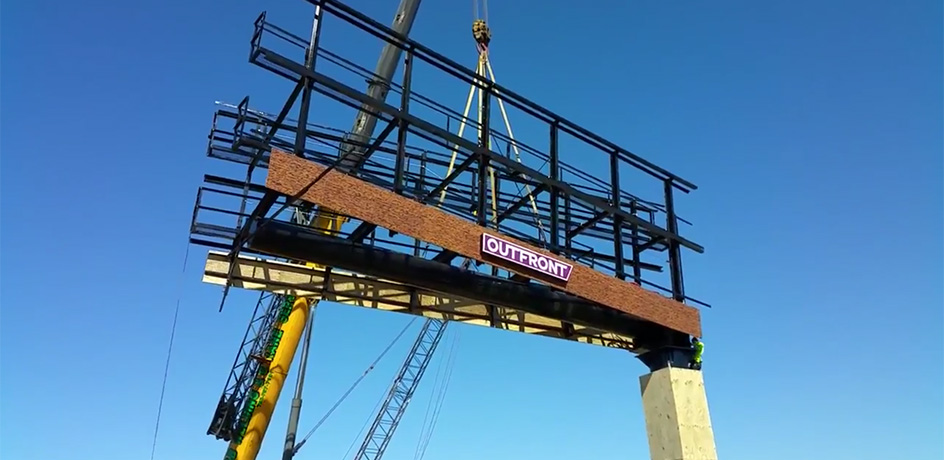
Any Scenario
While a concrete anchor is not susceptible to normal pressures incurred by every day human contact, it is important to test against environmental factors such as wind, weight-based stresses and high-impact collisions.
Some businesses rely on pull testing to prove their products’ worth. Take bollard manufacturers, for example: no matter how robust the bollard, they are only as effective as their anchoring to the ground. And rather than relying on third party testing companies to come in and test their products in situ, the installer themselves can carry out their own pull test on the spot – no more time coordination in order to get the job signed off as compliant straight away.
In addition to regulations that take into consideration external forces, there are also OH&S and public liability factors at play. For example, any structure that relies on anchoring or embedment in concrete and stands taller than say, the average human, needs to comply in order to resist wind, water or accident impact, and to prevent dangerous collapse or any movement that can cause further damage to anything in its path.
Street light poles, road signs and billboards are just a few examples of this. With compliance documentation, the installer has a better chance of covering themselves legally in the unlikely event of an accident caused by a concrete anchor pulling free from the substrate. Proving that the impact on the object was far greater than what the object was designed for could save a company millions in liability.
Take the Responsibility On
It is a fair objection to state that this type of testing can create added time and expense to a project, especially when relying on when it’s convenient for a third party pull test contractor to turn up.
There is a way to speed this up, however – your own pull tester, such as those supplied by Australian fasteners experts, Allfasteners . Used widely across the industry, and UK-made, Hydrajaws make a range of manual pull testers that anyone can use for any anchor test situation.
And there are no qualifications needed to carry out the test, just a knowledge of which regulations apply to your anchoring application. Within seconds, the test is done, and you move on to your next project.





